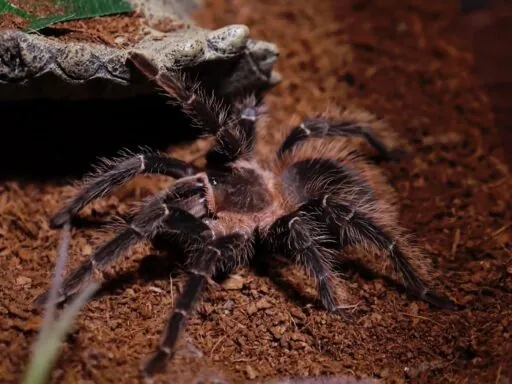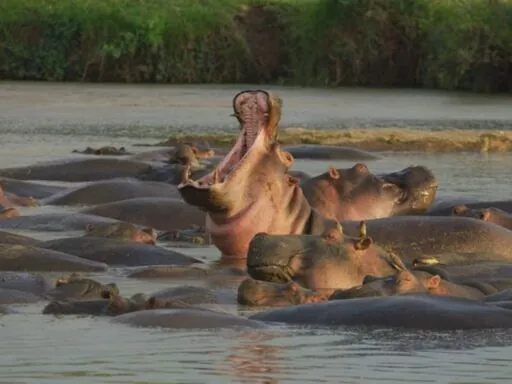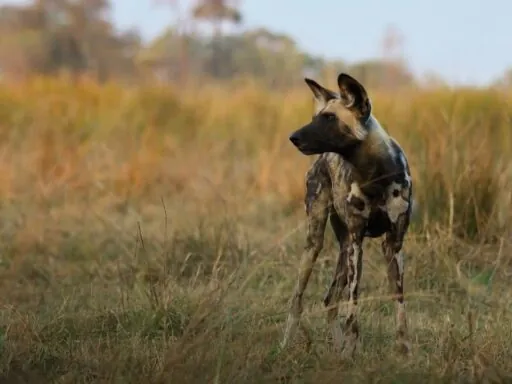Have you ever wondered what animals do when the cold, harsh winter sets in? Instead of braving the elements, many creatures take a fascinating route—they hibernate! Yes, from the tiny bumblebee to the mighty bear, these animals slow their heart rates, lower their body temperatures, and enter a deep, restful sleep. In this article, we’ll uncover the secrets of the top 10 animals that hibernate. These hibernating animals have mastered the art of surviving the winter, and their unique adaptations will leave you in awe.
1. Marmots
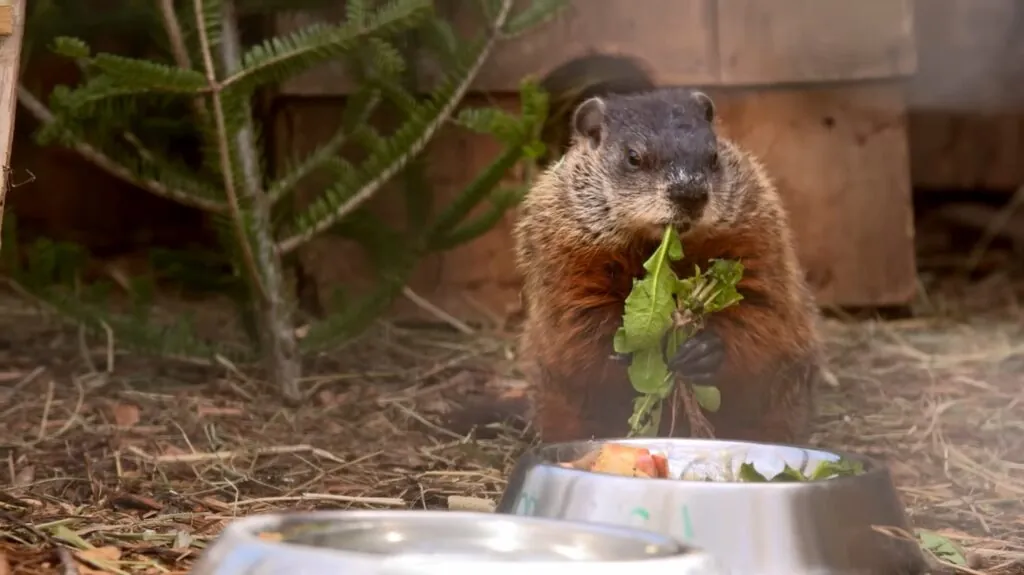
The yellow-bellied marmot, a robust rodent native to the western mountains of North America, is a hibernation marvel. These marmots hibernate for an astonishing 8 months each year, a duration that helps them survive the harsh winters of their alpine habitats. During this period, their body temperature plummets to just above freezing, and their metabolic rate drops dramatically, allowing them to conserve energy.
Remarkably, marmots spend about 80% of their lives hibernating, a behavior that not only preserves their energy but also seems to slow down the aging process, as evidenced by studies showing minimal aging-related changes in their DNA during hibernation
2. Fat-Tailed Dwarf Lemurs
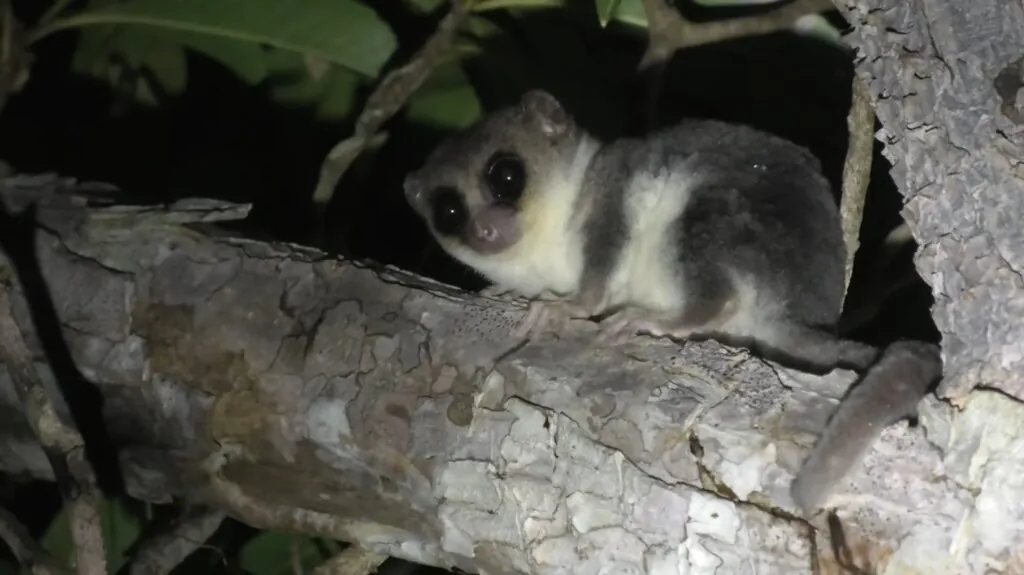
The fat-tailed dwarf lemur (Cheirogaleus medius), one of the animals that hibernate in summer, is a small primate native to Madagascar, known for its unique ability to hibernate for about seven months each year. This lemur species hibernates during the dry season, from April to November, to conserve energy when food is scarce.
Unlike many hibernating animals that lower their body temperatures significantly, fat-tailed dwarf lemurs maintain a relatively stable body temperature during hibernation by choosing insulated tree hollows that provide protection from temperature fluctuations. They rely on fat reserves stored in their tails to sustain them through this period, often losing up to half of their body weight by the time they emerge.
3. Garter Snakes
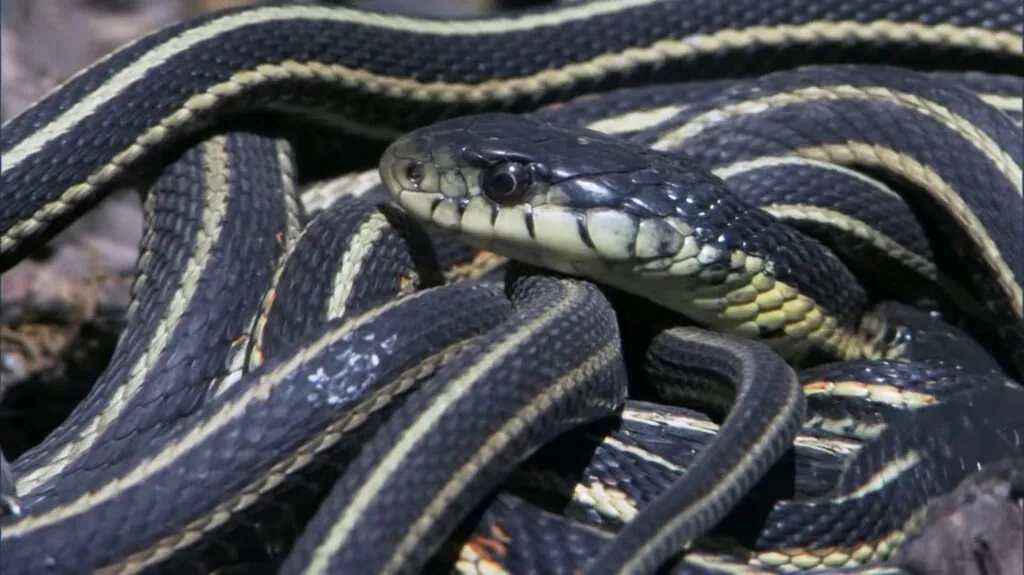
Garter snakes are fascinating reptiles that undergo a process similar to hibernation called brumation. During brumation, garter snakes enter a state of reduced metabolic activity to conserve energy through the cold months when food is scarce. This process typically occurs from late October to March or early April, although it can vary based on local climate conditions. Unlike mammals, which enter a deep sleep during hibernation, brumating garter snakes remain somewhat alert and may occasionally emerge to bask in the sun during warmer winter days.
Garter snakes, one of the amazing animals that hibernate, often brumate communally, which helps them maintain body heat. They gather in large groups in natural burrows, rock piles, stumps, and other underground cavities that provide insulation and protection from predators. Some sites can host thousands of snakes, such as the famous dens in Narcisse, Manitoba, where up to 70,000 garter snakes congregate each year.
4. Bats
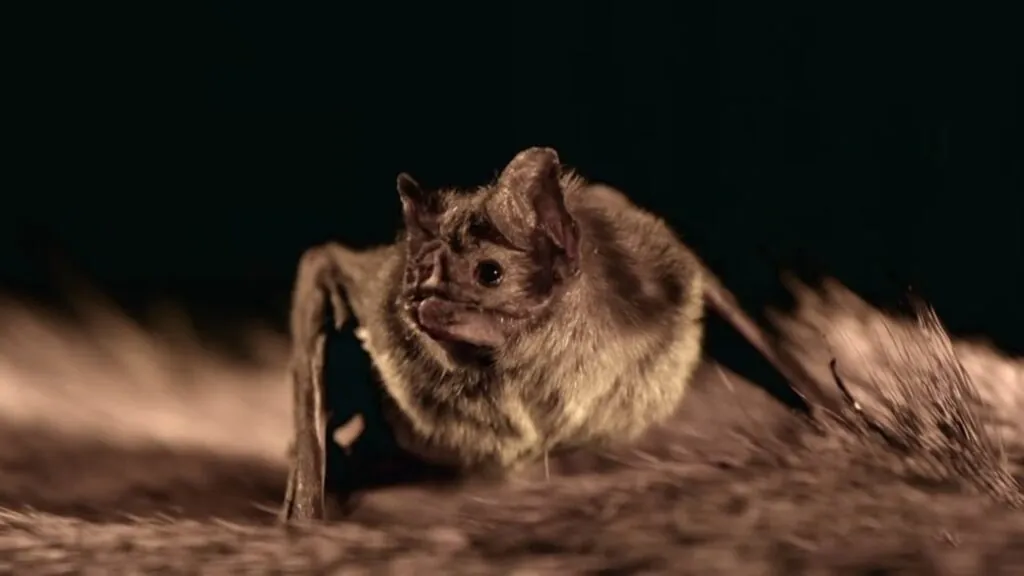
Bats are fascinating creatures known for their unique hibernation patterns. They typically hibernate for about 5-6 months, depending on the species and climate, allowing them to survive the cold months when food is scarce. During hibernation, bats enter a state of torpor, which significantly lowers their metabolic rate and body temperature, allowing them to conserve energy. Most bats choose secluded, temperature-stable environments for hibernation, such as caves, old mines, hollow trees, and sometimes even human structures like attics and barns.
5. Box Turtles
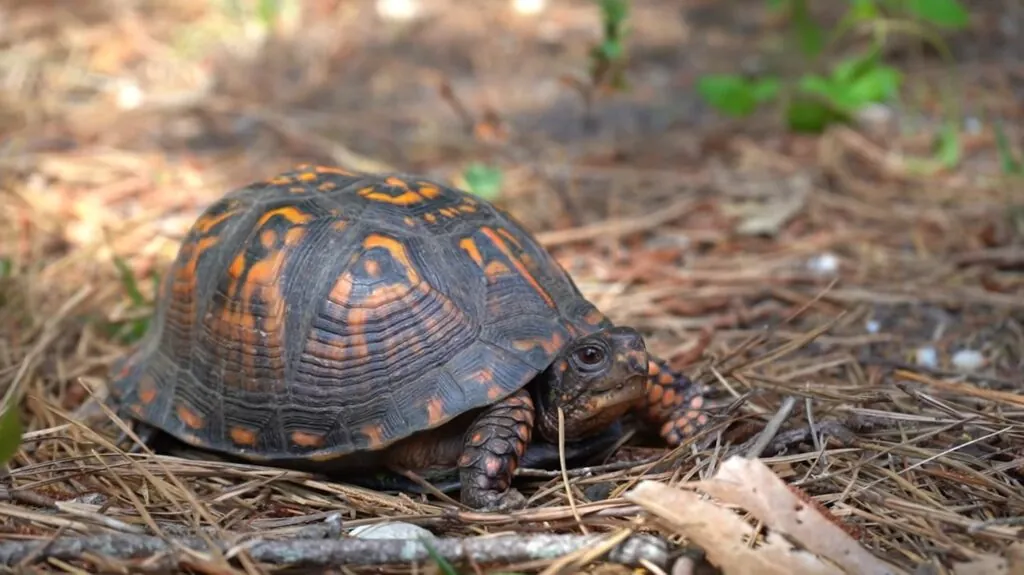
Box turtles enter a state of brumation, not true hibernation, during the colder months, which usually lasts from late fall to early spring. This process allows them to survive when food is scarce and temperatures drop. During brumation, box turtles slow their metabolism and become less active, although they may still move around if necessary. They typically find a place to burrow underground, such as in soft soil or under leaf litter, to stay insulated from extreme cold. Depending on the climate, the duration of brumation can vary from a few weeks to several months.
6. Groundhogs
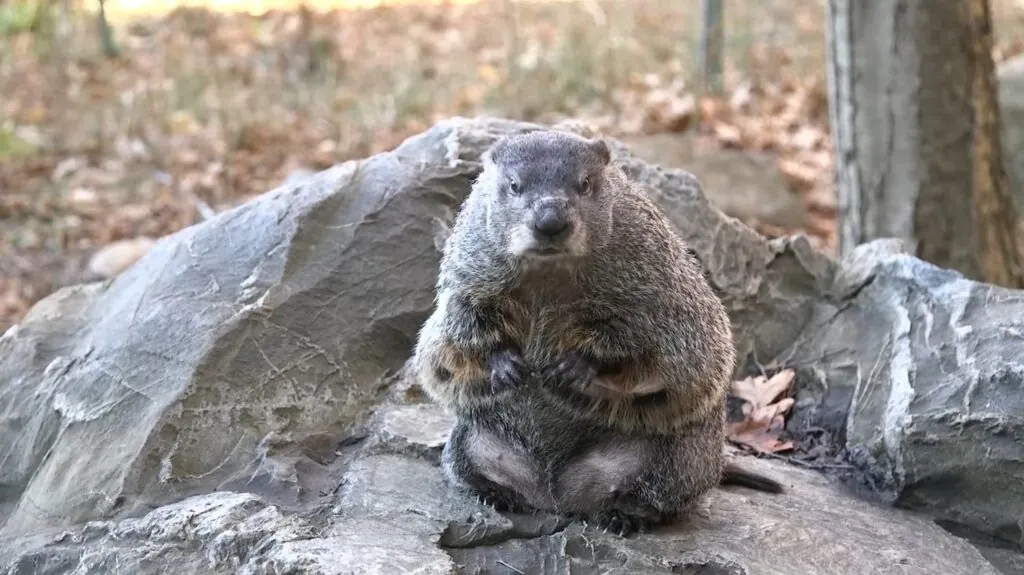
Groundhogs, also known as woodchucks, are true hibernators, spending significant time in a dormant state during the winter months. Their hibernation period typically lasts between three to six months, from late October or November until March or April, depending on geographical location and climate conditions.
During hibernation, groundhogs undergo significant physiological changes, such as reducing their heart rate from about 80 beats per minute to as few as 5 beats per minute, and lowering their body temperature from around 99°F (37°C) to about 37°F (3°C). Before entering hibernation, they build up fat reserves by consuming large amounts of food to sustain them through the winter. Groundhogs do not eat during hibernation, relying entirely on these fat reserves.
7. Hedgehogs
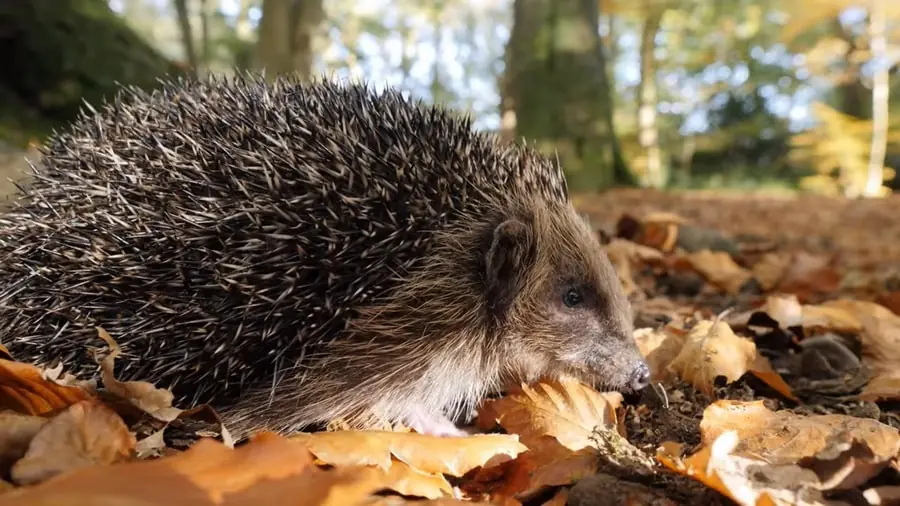
Hedgehogs are true hibernators, meaning they enter a state of deep torpor to survive the winter months. This process typically begins around October or November and can last until March or April, depending on the climate and food availability. During hibernation, a hedgehog’s heart rate drops from about 190 beats per minute to as low as 20, and its body temperature decreases significantly, allowing it to conserve energy.
Hedgehogs prepare for hibernation by eating heavily in the autumn to build up fat reserves, which are crucial for their survival through the winter. They usually hibernate in nests they build themselves in secluded areas such as log piles, under sheds, or in specially designed hedgehog houses.
8. Bears
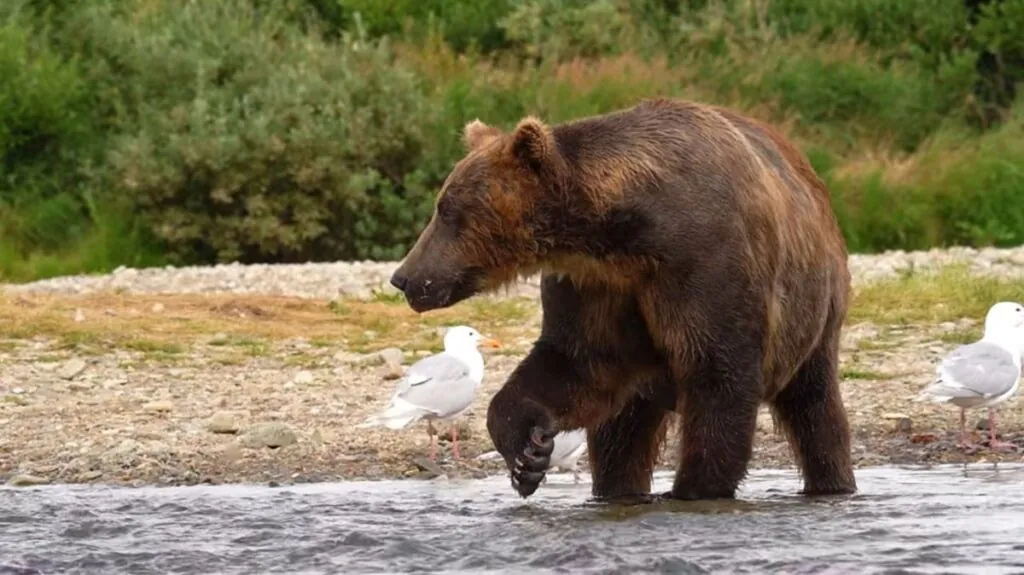
Bears, one of the animals that hibernate in winter, enter a state of dormancy known as torpor during the winter months to conserve energy when food is scarce. This period can vary significantly depending on the species and environmental conditions. For instance, black bears in warmer regions may only hibernate for a few months, while those in colder areas like Alaska can hibernate for up to seven months.
During this time, bears experience a dramatic decrease in metabolic activity: their heart rate drops from 50 beats per minute to as low as 10 beats per minute, and their body temperature declines slightly. They rely on stored fat for sustenance, losing nearly half of their body fat by the time they emerge in spring. Interestingly, despite this fat loss, bears maintain their muscle mass and bone density, showcasing a unique physiological adaptation to prolonged periods of inactivity.
9. Snails
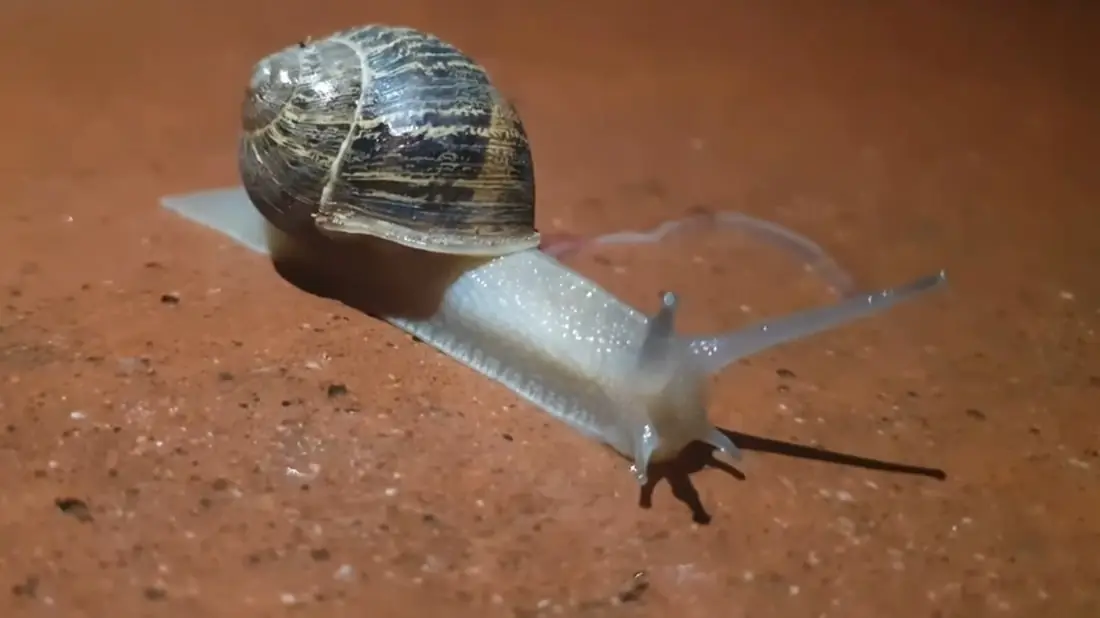
Snails are fascinating creatures when it comes to hibernation, as they can hibernate for extended periods depending on environmental conditions. Most snails can hibernate for around six months, but some reports suggest they can remain dormant for up to two years if necessary. This extended hibernation is a survival strategy during harsh conditions, such as extreme cold or dry environments.
During hibernation, snails seal themselves inside their shells with a structure called the epiphragm, which reduces moisture loss and protects them from environmental hazards. This process significantly slows their metabolic rate, allowing them to survive without food or water for long periods. Once conditions improve, snails awaken, ready to resume normal activities like feeding and reproduction.
10. Common Poorwills
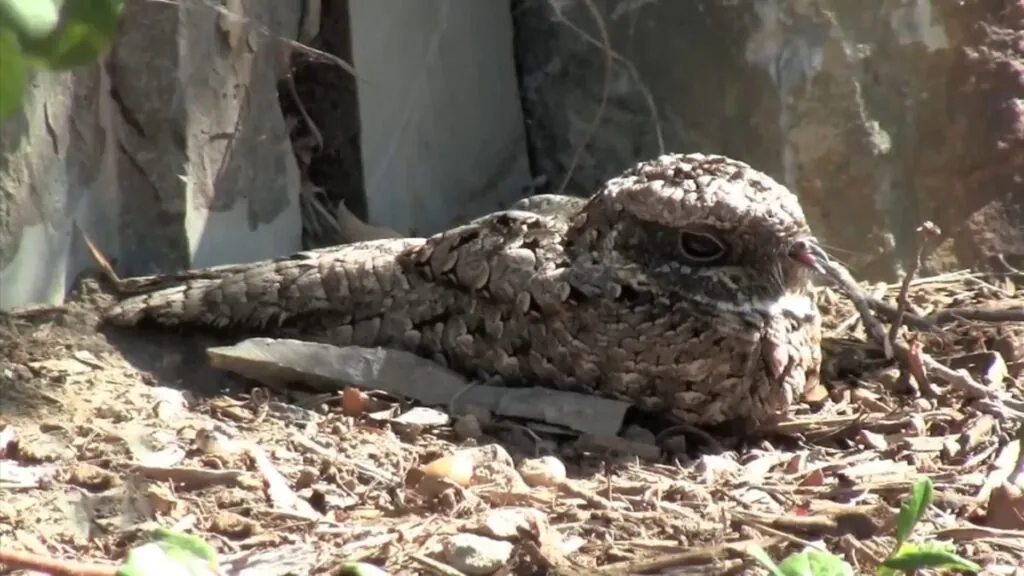
The Common Poorwill, one of the astonishing animals that hibernate, is unique among birds for its ability to enter a hibernation-like state known as torpor during the winter months. This small member of the nightjar family significantly reduces its metabolic rate to conserve energy when food is scarce and temperatures are low.
Unlike most birds, which only enter brief states of torpor, the Common Poorwill can remain in this state for extended periods, ranging from days to weeks. This remarkable adaptation allows the bird to survive harsh conditions without migrating to warmer areas. The Common Poorwill was the first bird documented to hibernate, with evidence dating back to 1946.
The ranking of these top 10 animals that hibernate is based primarily on the duration and intensity of their hibernation periods. Animals that enter deeper, prolonged states of hibernation, enduring several months of inactivity to survive harsh environmental conditions, are placed higher on the list. In contrast, species with shorter or less intense hibernation phases are ranked lower. This hierarchy reflects the varying adaptations and survival strategies of these animals in response to seasonal changes.

